How Formula 1 and Other ‘Extreme Contexts’ Inform Breakthrough Innovations

Understanding the essence of our context can be the key to innovation
In my last year at University, I had one course that caused me major headaches: Project management. In groups, we had to devise a project that provided a solution to a problem and implement it. The hardest part was, obviously, conceiving of an original idea. One day our teacher said something I will always remember: “See what others have done and if it works, copy it”.
Generally, when we want to innovate in a particular area, we seek ideas and solutions in our immediate environment. If we want to design more comfortable shoes, we’ll look at other shoe designers. If we want to design safer cars, we observe other car designers.
Although this can be very useful on many occasions, our innovation ability is very limited. We can create more comfortable shoes than our competitors, but they won’t be amazingly comfortable. Often, to innovate we need to explore foreign lands that apparently have nothing to do with us.
About operating theaters and F1 pit stops
In 2001, a report on the performance of The Cardiac Unit at The Great Ormond Street Hospital for Children highlighted the danger associated with the transfer of children from the operating room to the ICU. The danger was not only associated with the extreme complexity of the operation, but also to the transfer of the child to the trolley, the disconnection, and reconnection of the monitoring equipment, the route up to the ICU and the transfer to a new team.
While Professor Martin Elliott, presently Co-Medical Director at Great Ormond Street Hospital, was watching the Formula 1 Grand Prix on TV, he observed fascinated how a multidisciplinary team refueled a MacLaren, changed tires, replaced damaged parts and adjusted front wings, all this with perfect choreography under huge time pressure.
In that moment, he realized that the tasks carried out in the operating theater and the F1 pit stop were very similar. The Hospital contacted with the MacLaren team and, after a training day and a visit by a research team, they identified their errors and what it should be done.
They learned that it was needed a clear leadership, task allocation, additional safety checks, training, regular meetings and collection and analysis of data. As a result, the Hospital was able to improve and reduce technical and information errors.
Going back to take a better jump forward
In 2014, during a field visit with the Faculty of Sciences and Technology of Mohammedia (Morocco), Raowia Lamhar, an Engineering student, was able to see first-hand the hardship being suffered by rural population with no access to electricity.
In many areas, the lack of electricity or a precarious power supply entails the absence of electric fridges, an essential means to conserve food and medicine. In these cases, families have no alternative but to organize weekly consumption to minimize the deterioration of food, which leads to an unbalanced diet. But an even more serious consequence is the impossibility of ensuring the correct preservation of live-saving medicines such as insulin.
In view of this situation, Raowia looked for inspiration in the wisdom of ancestral practices. Inspired by the Khabia, a traditional Moroccan clay jar that cools drinking water, she developed a clay fridge able to preserve the food fresh for 10-15 days. In fact, other clay fridges have been developed by other people in other countries, such as Mansukhbhai Prajapati in India or Mohammed Bah Abba in Nigeria.
Extreme contexts
In both cases, innovation has been possible because they were able to separate their context from the specific problem that had to be addressed.
Returning to the case of the Hospital and Formula 1, in principle, they seem two totally different situations. While in the first context the action takes place in an operating theater, in the second one, the action takes place in a pit stop. In the former, the actors are surgeons and the latter they are mechanics. In the hospital, they work with children, while in the pit stop cars are the focus.

However, we must not let the details prevent us from seeing what really characterizes both contexts: multidisciplinary teams carry out very detailed procedures with high risk in a very complex technical environment, all this under great time pressure. Seen from this angle, there are many similarities.

Having the ability of abstraction to do this exercise with any kind of situation is very important.If we are able to draw the essential features of our context without getting lost in superficial details we will be able to access a valuable source of innovation: extreme contexts.
To reduce risks and improve their performance, the Hospital could not look for ideas in other hospitals. Facing similar challenges, the degree of risk and the ability to act are basically the same. Compared with other hospitals it would only have served to fix some small details. It was necessary to find a context in which its basic elements were more complex or extreme. This was the case of Formula 1.
In the example of the clay fridge, the difficulty was in being able to see the similarities between a modern context, where lack of electricity is an anomaly and technology is associated with progress, and a past context where not having access to electricity and the use of natural elements replacing technology is normal. In this case, the extreme context is the past.
Any company, organization, person or situation that faces the need to innovate should do this exercise of abstraction: identifying the essential elements that characterize them and look for extreme contexts in which they can find inspiration that may lead to breakthrough thinking, leadership, design, etc.
This Case Study was previously published o Innovation Excellence
Image credit: en.wikipedia.org


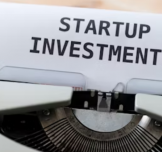
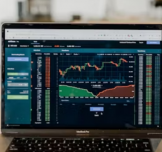



















































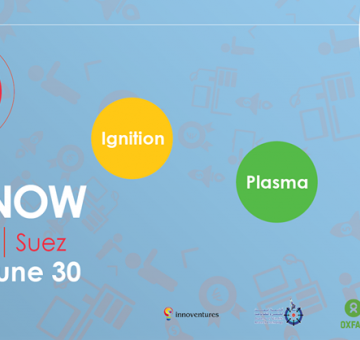
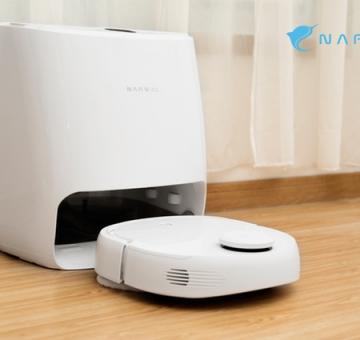






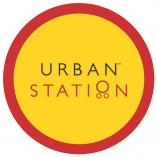






EgyptInnovate site is not responsible for the content of the comments